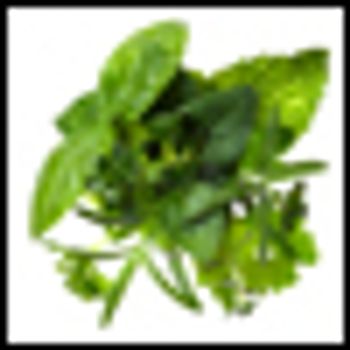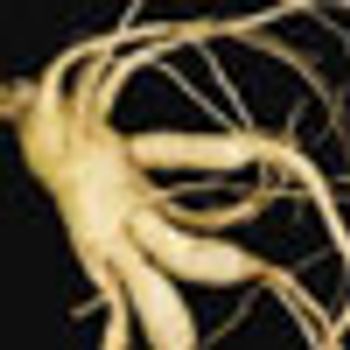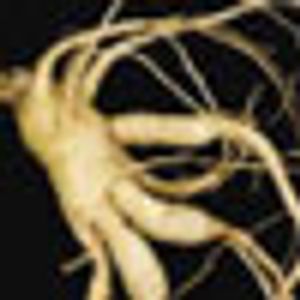Articles by Debra Barton, PhD, RN

We still have much to do to fully understand the potential of complementary therapies as important elements in cancer treatment and health. Mind-body and body-based interventions may be able to improve health and prevent disease as effectively as pharmacologic agents-without the toxicities associated with pharmacologics, and as adjuncts to pharmacologic therapies they may help to maximize health and diminish disease with less toxicity.

Ginseng is an herb from the genus Panax of the Araliaceae family that is an important part of traditional Chinese medicine (TCM). It is termed an “adaptogen,” as it is believed to have properties that help to restore balance to the body and protect the body from physiologic stress.

Energy therapies consist of interventions that are designed to interact with the biofield of a person. The concept of the biofield is based on the assumption that all living things have a natural flow of energy that is integral to their basic composition.

Curcumin is yellow curry powder, also called turmeric, Indian saffron, “Haldi,” or “curry powder.” It is a yellow pigment present in turmeric and constitutes 2%–5% of turmeric.

Ginger
ByJulie L. Ryan, PhD, MPH,Gary R. Morrow, PhD, MS,Debra Barton, PhD, RN,Susan Bauer-Wu, PhD, RN Ginger, the rhizome of Zingiber officinale Roscoe, is best known for its role as a flavoring agent for food in Asian and Indian recipes.

As oncology nurses, we increasingly encounter issues related to integrative medicine in our community practices, clinics, and hospitals.

Vitamin D-the so-called “sunshine vitamin”-is a fat-soluble substance and is classified more as a pro-hormone or steroid by some
Latest Updated Articles

Vitamin DPublished: October 8th 2009 | Updated:

GingerPublished: February 16th 2010 | Updated:

CurcuminPublished: April 9th 2010 | Updated:

GinsengPublished: April 18th 2011 | Updated:







